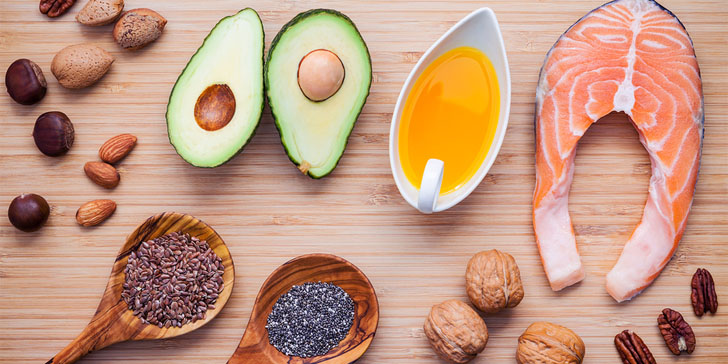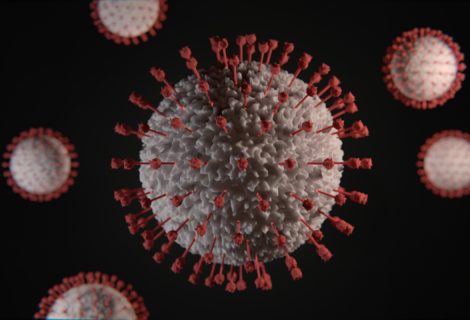Which fruit contains the most calories
Welcome to the topic Which fruit contains the most calories?
Putting on weight or muscle building might be difficult for some people. Although fruits aren’t normally the first thought that springs to mind when trying to bulk up, a variety of fruits can offer your body the extra calories, it requires to put on some weight. Furthermore, they are high in vitamins and minerals that are beneficial to your health.
The key to optimum health is to eat a variety of fruits to ensure that the body receives a balanced supply of all vital elements. People who desire to lose weight may avoid certain ‘high carb’ and ‘high fat’ fruits. But, in reality, it all relies on your fitness goals and the type of body you want to obtain. If you wish to boost your health, then start using them as these fruits contains the most calories.

Which fruit contains the most calories
Avocados
Avocado is the scientific name for the fruit of the avocado tree (Persea Americana). This fruit is prized for its great nutritional value and is used in a variety of cuisines due to its flavor and rich texture. Avocados have recently gained popularity among health-conscious individuals. It’s frequently referred to as a superfood, which is understandable given its health benefits.
This has 160 calories, 2 g of protein, and 15 g of healthy fats. Although it has 9 grams of carbohydrates, 7 of these are fiber. Thus there are only two net carbs, making it a low-carb-friendly plant meal. Avocados have no cholesterol or salt and low saturated fat content. This is why they are recommended by certain specialists who believe these substances are harmful; however, this is a controversial subject.
Bananas
Bananas are both nutritious and delicious. They include a variety of essential nutrients and can help with metabolism, cardiovascular health, and weight management. They are not only very healthy, but they are also a very convenient snack item. They are originally from Southeast Asia but are currently grown in many temperate places of the world.
Bananas have a high fiber content as well as various antioxidants. Potassium, Vitamin B6, Vitamin C, Fiber are also found in one medium-sized banana (118 grams). Each banana contains just about 105 calories and is almost entirely made up of water and carbs. Bananas contain almost no protein and almost no fat. Green, unripe bananas have primarily starch and resistant starch as carbohydrates, but as the banana ripens, the starch transforms into sugar.
Mangoes
Mangoes come in hundreds of varieties, each with its flavor, shape, size, and color. This fruit is not only delightful, but it also has a high nutritional potential. Mango and its nutrients have been linked to a variety of health benefits, including increased immunity, eyesight, and digestive health, as well as a lower risk of some cancers.
One cup (165g) of raw mango chunks contains 99 calories, 1.4g of protein, 25g of carbohydrates, and 0.6g of fat. Mangoes have high levels of vitamin C, vitamin E, and folate. Phosphorus, pantothenic acid, calcium, selenium, and iron are also present in trace levels. It also contains over 70% of the RDI for vitamin C, a water-soluble vitamin that boosts your immune system, facilitates iron absorption, and supports growth and repair.
Dates
The date palm tree produces dates, which grow in various tropical areas worldwide. Dates have grown in popularity in recent years. Almost all dates marketed in the Western world are dried. The appearance of dates indicates whether or not they have been dried. A wrinkled skin indicates that they are dry, while a smooth skin shows that they are fresh.
Carbohydrates constitute the majority of the calories in dates. The remaining is derived from a trace quantity of protein. Despite their caloric content, dates contain some critical vitamins and minerals, as well as a considerable amount of fiber. A 3.5-ounce (100-gram) serving contains 277 calories, while one date (8g) contains 23 calories, 0.2g protein, 6g carbohydrates, and 0g fat. Dates are also high in magnesium, potassium, and iron.
Prunes
Plums are highly nutritious and have numerous health advantages. They are high in minerals, vitamins, fiber, and antioxidants, which may lower your chance of developing a variety of chronic conditions. Plums can be used both fresh and dried. Dried plums, often known as prunes, are believed to help with various health issues, including constipation and osteoporosis.
Five pitted prunes (50g) contain 115 calories, 1.1g protein, 30.5g carbs, and 0.2g fat. Prunes include high levels of vitamin K, fiber, and potassium. Furthermore, prunes have more calories, fiber, and carbohydrates than raw plums. Prunes are mostly composed of carbohydrates. According to the USDA, one prune has little more than 6 grams of carbs or 111 grams in a cup. Of this total, 0.7 grams come from fiber per prune, and 3.6 grams come from sugar.
Coconut Meat
The white flesh inside a coconut is known as coconut meat. Coconuts are the large seeds of tropical-climate coconut palms (Cocos nucifera). Their brown, fibrous husks hide the meat within. As the oil and milk derived from this fruit have grown in popularity, many people may be wondering how to use coconut flesh and whether it has any health benefits.
A 45g serving of fresh coconut meat contains the most calories, 159 calories, 1.5g of protein, 6.8g of carbs, and 15.1g of fat. The majority of these fats are medium-chain triglycerides (MCTs), which are absorbed intact in your small intestine and utilized to make energy by your body. Coconut meat is high in minerals, particularly manganese and copper. Copper aids bone growth and heart health, while manganese promotes enzyme function and fat metabolism.
The Bottom Line
There are countless higher, nutrient-dense fruits that can promote optimal health and aid in weight growth or loss. As these fruits contain the most calories, incorporating a few into your meals or snacks will assist raise your daily calorie intake and encourage healthy development. Additionally, combining these fruits with a source of protein or fat might provide extra calories while keeping your blood sugar levels consistent.
Have any questions regarding the topic Which fruit contains the most calories? Feel free to comment below.
Also Read: Which fruit juices are good for you?





